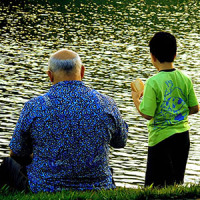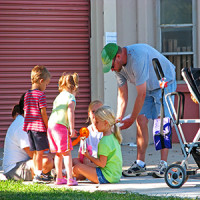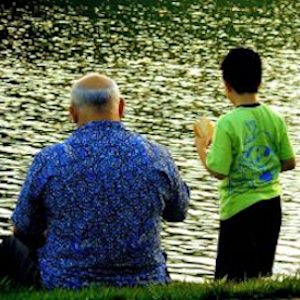Kinship is a method of care that emphasizes familial bonding and the preservation and strengthening of close relationships between caregivers and children in the child welfare system. There are varying types and degrees of kinship. This article will explain what kinship is and the benefits of becoming a licensed kinship caregiver.
What is Kinship: The Go-To Solution for Out-of-Home Placement
Most of us can agree that living in a close-knit family environment is a crucial stepping stone on the pathway to a strong future. With this logic in mind, child welfare organizations decided that if a child must be removed from her birth parents it would be best to keep her in the care of someone she knows. The decision led to an increase in the number of children and families involved in kinship care, where children are raised by relatives or close family friends when their birth parents are unwilling or unable to do so.
Studies suggest that the new focus on kinship care has worked well for children and their families. It is associated with a reduction in the number of out-of-home placements a child experiences, an increase in the likelihood of reunification with her birth parents and an increase in a child’s ability to maintain connections to her community, school and family – all hugely important parts of becoming a confident adult. Continue reading






 This change has resulted in more grandparents raising grandchildren then ever before. In 2012, National KIDS COUNT reported that 4% of all children under the age of 18 in the United States were living in a home where a grandparent was their primary caregiver. This number is likely to rise going forward.
This change has resulted in more grandparents raising grandchildren then ever before. In 2012, National KIDS COUNT reported that 4% of all children under the age of 18 in the United States were living in a home where a grandparent was their primary caregiver. This number is likely to rise going forward.